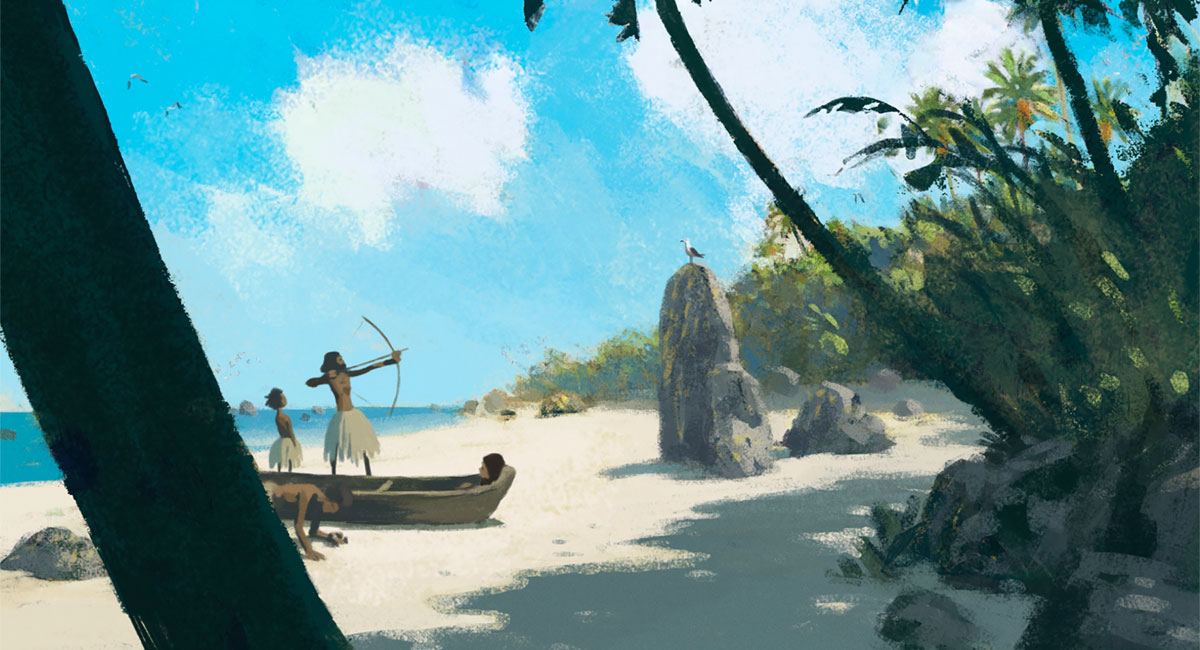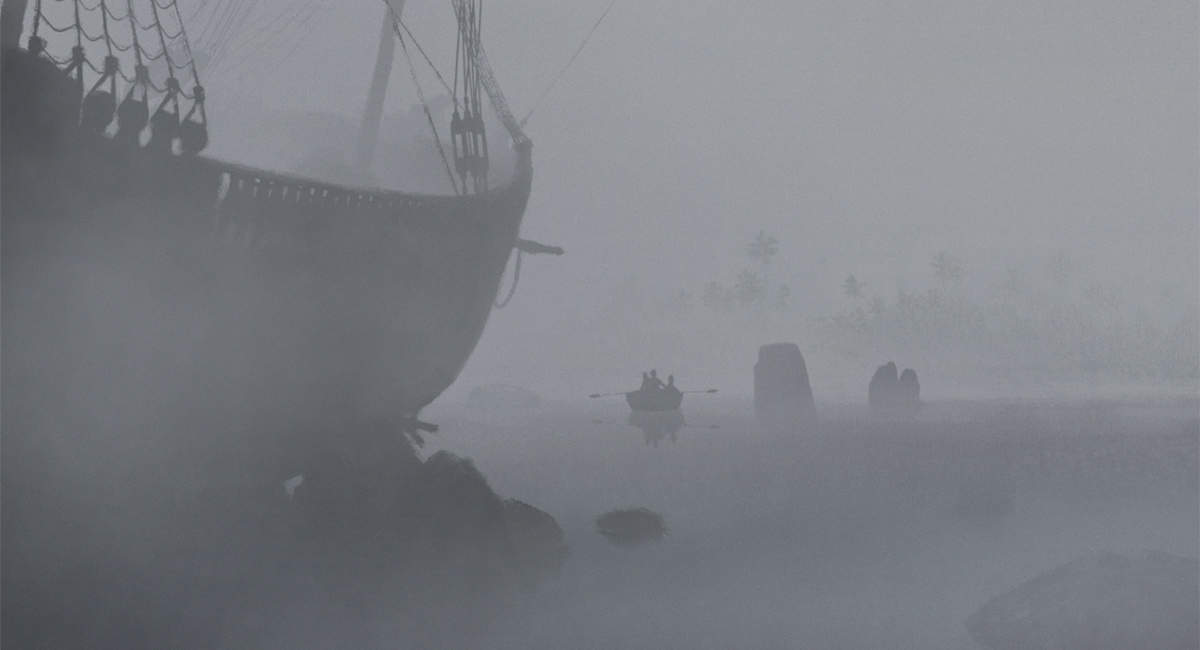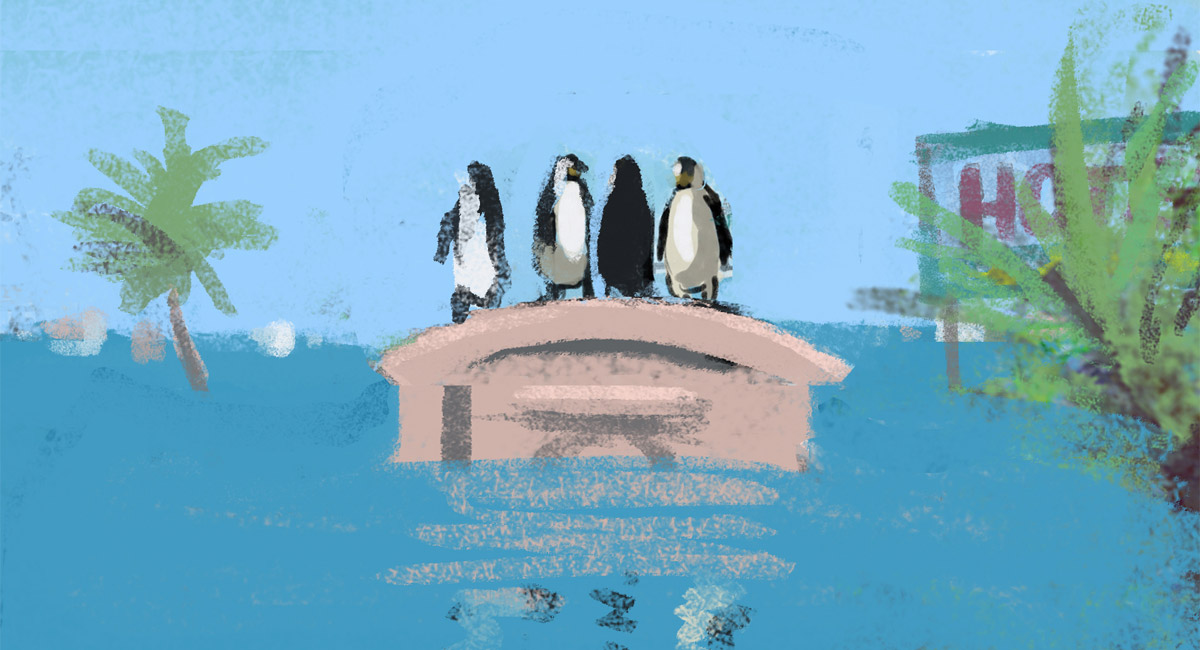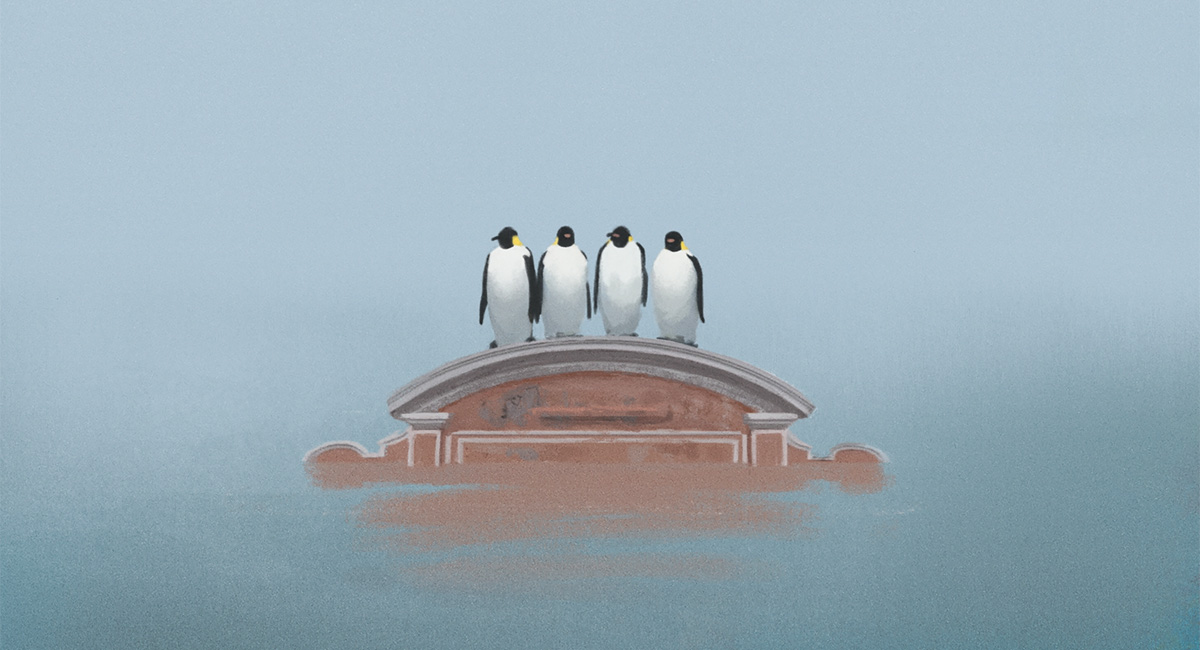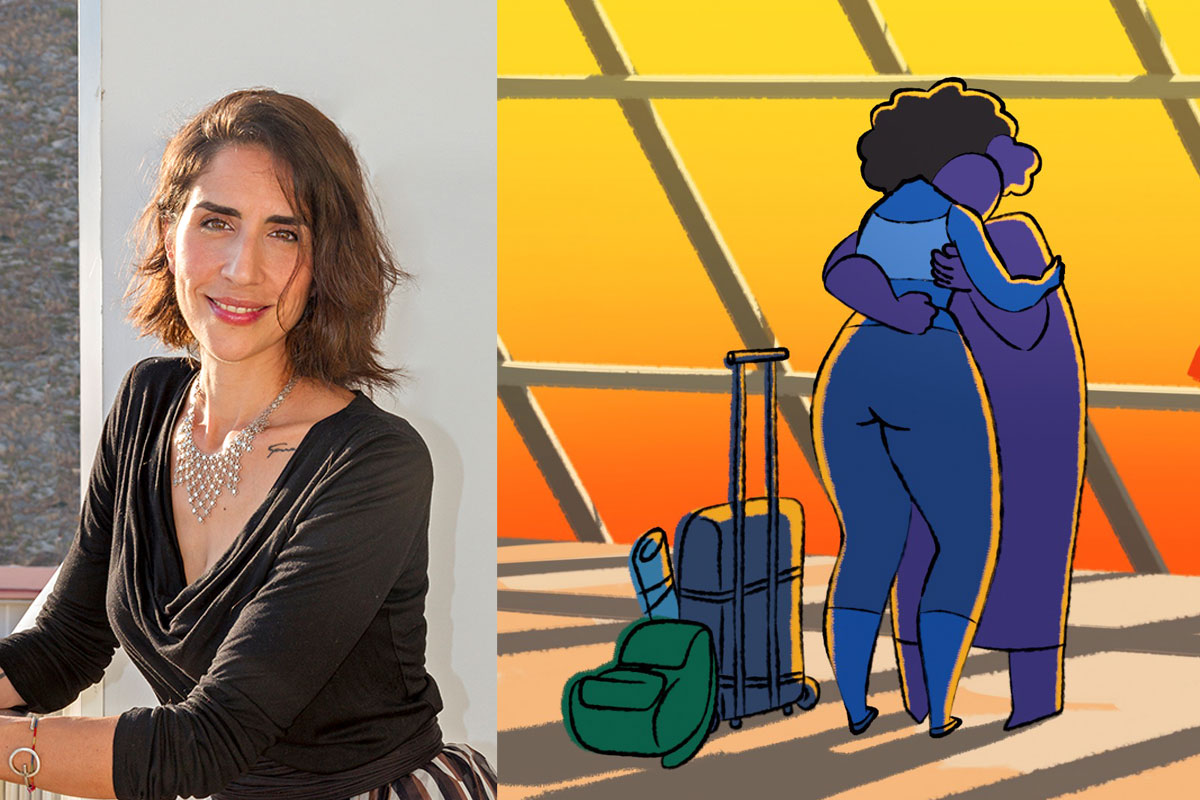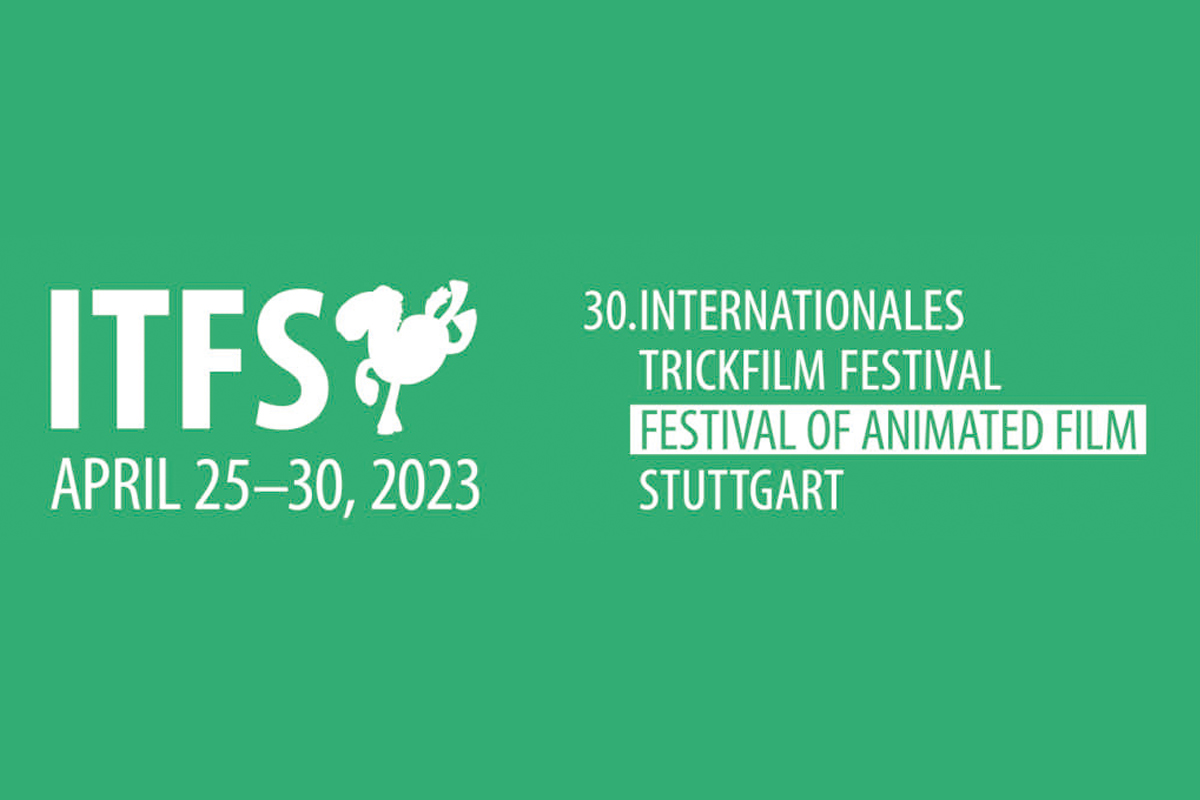Synopsis
Island recounts the history of a small secluded island over the course of several millennia, to reveal a telling lesson about human nature. From the island’s rise to riches to its ultimate fall into ruins, the film explores the island’s different chapters over time. from a heap of boulders to a tropical oasis, a prosperous republic, and eventually an open-pit mine devouring the island.
Film credits
Director: Michael Faust
Author: Michael Faust
Producer: Michael Faust
Animation: David Polonsky and Michael Faust
Music: Roy Shakked
Sound: Nati Zeidenstadt
Technique: 2D digital
Running time: 7:40
Island is a non-dialogue animated short film with an addictive appeal that condenses everything about humanity and world civilization into 7 minutes.
The film gives people from all backgrounds the right awareness of some universal issues by making good use of the characteristics of animation as a visual storytelling medium.
The film was nominated for the “International Competition” category at the 30th Stuttgart International Festival of Animated Film (ITFS).
We interviewed Michael Faust, the director, author, animator, and producer of the film.
Interview with Michael Faust
Hideki Nagaishi (HN): What was your biggest aim or motivation in developing this film and delivering it to global audiences?
Michael Faust: The moment I heard about the story of the Island of Nauru, I was overcome by the urge to paint it. I found the story to be a perfect metaphor for human nature – one that I knew could best be told with paintings. My motivation to make this film was two-fold: It was clear that the story of Nauru would be a great fit for a short animation film; and in particular, it really suited my painting style. Each of the island’s different historical chapters is associated with a dominant color. Since the birds’ droppings are at the very center of the story, I found the whole thing to be extremely painterly.
While working on the film’s storyboard, I started to drift away from the island’s chronological turn of events, particularly from those in its modern history chapter. At the same time, I realized that I wanted to end the movie in the time of our near future. Therefore, I decided that the island in my story wouldn’t necessarily represent a specific one, but rather serve as a general representation of humanity as a whole.
The real story of the island of Nauru is an amazing one – in my opinion it’s fit for a feature film – but I tried to create a short and compelling symphony of colors and music that tells the story. And while in the process, I’ve come to realize that I essentially created a new one.
HN: Where did the initial idea of this film come from and how did the film project start?
Michael Faust: I was looking for an idea for my next short animated film for quite a while. One day I listened to the story of the island of Nauru on the radio program “This American Life” by NPR, and immediately knew I had to make it into a film. I started storyboarding right away, thinking that if I can make a good animatic out of this story, then it would be worthwhile doing. It took me about ten years to finish the animatic because I was constantly working on other projects, and because it was a challenge to figure out the film’s storytelling.
Initially, the film was twice as long, and when I showed it to a friend he quite justly said it’s messy and unclear. This led me to conclude that the film simply can’t be done and I left the animatic on my computer. After a few years’ hiatus from the project, I suddenly stumbled upon it on my computer. So I watched it again, which gave me the insights of how to narrow down this extremely long story into a short and effective one.
The animatic’s many versions produced a lot of deleted scenes, some of which I really liked and found hard to get rid of. Many of these scenes had a human as the main character leading the scene. The most powerful insight I got however, was that the film’s protagonist should be the island itself.
I applied for funding only when I had a completed animatic for the film, and was certain that it simply worked, which consequently made me want to do it.
HN: Where did you get inspiration for the story and visuals when you were developing the storyboard?
Michael Faust: I’m inspired by classical and 20th century painters, but the one that best matched the film was Paul Gauguin, who had lived and painted in French Polynesia for 10 years. I thought of Gauguin and Jean Baptiste Corot when painting the island’s landscapes, for example.
To get an initial feel of the island, I looked at photos of Nauru showing the different periods throughout its history. And when depicting the natives, I used a general approach because we don’t really know what they looked like.
HN: What do you think are the strengths of this film’s visual style in portraying the story?
Michael Faust: Each of the island’s different historical chapters is associated with a dominant color, which already lends itself to painting. The island starts gray, gets filled with yellow bird droppings, then turns green as tropical vegetation grows on the island’s yellow hills. The future of this island lies in those yellow hills of bird droppings, now hidden in the ground below a tropical forest. I think the only true way to make this a story about colors is through animation. We all know bird droppings aren’t necessarily always yellow, but an animated film can show these as yellow, thereby allowing for a distinct story to unravel.
The film follows the creation and consumption of the island’s only natural resource —these hills of guano beneath the forest, rich in invaluable phosphate. The yellow bird droppings are painted with big dollops of oil color to give the bird dumplings an enhanced presence.
HN: What did you take care in when it came to the film’s music, and what was your aim with that?
Michael Faust: I was looking for a strong presence of music in my film. Having no dialogue to lead the plot, and working with an island as the main character, I relied on music to act as the storytelling agent that helps the storyline unfold. I also knew this film required an original score that would give it the right vibe. For example, when the film’s events enter the 20th century, the scenes pick up their pace with the help of jazz music. Roy Shakked, the film’s composer, did an excellent job in giving the music a storytelling power, and managed to create a variety of musical themes with a unified tone.
HN: What was the biggest challenge or difficulty in the creative side of this film project?
Michael Faust: I produced the film within a year, but its pre-production (namely the animatic) took a whole decade. I spent a lot of time distilling my island’s solid storyline from all the stupefying historical things that had really happened to Nauru. So my story ended up being half based on true events, and half fiction. To make this film happen, I had to leave it alone, temporarily forget it even existed, then revisit it with fresh eyes. This gave me lots of insights that helped to propel the film forward. I needed the aesthetic distance.
Admittedly, sometimes it was a challenge to do it all by myself, not so much because of the workload, but because of the determination and faith one would need to complete such a tremendous task. Working on this film required having faith in my film’s quality and relevance, as well as in myself. It’s a lot easier to have and keep this line of thought when you’re creating a film together with other people.
HN: In addition to the previous question, what was the biggest challenge or difficulty for the non-creative parts of the film project as a producer?
Michael Faust: My job as a producer was fairly easy, because I mostly had to produce myself…
Getting the funding for the film was obviously challenging. Other than that it was getting the composer and sound designer on board and having them put in the hours and effort within set timeframes. Finally, spending time submitting the film to over 100 festivals. All of these are rather simple tasks of course, compared to the tedious craft of making an animation film.



